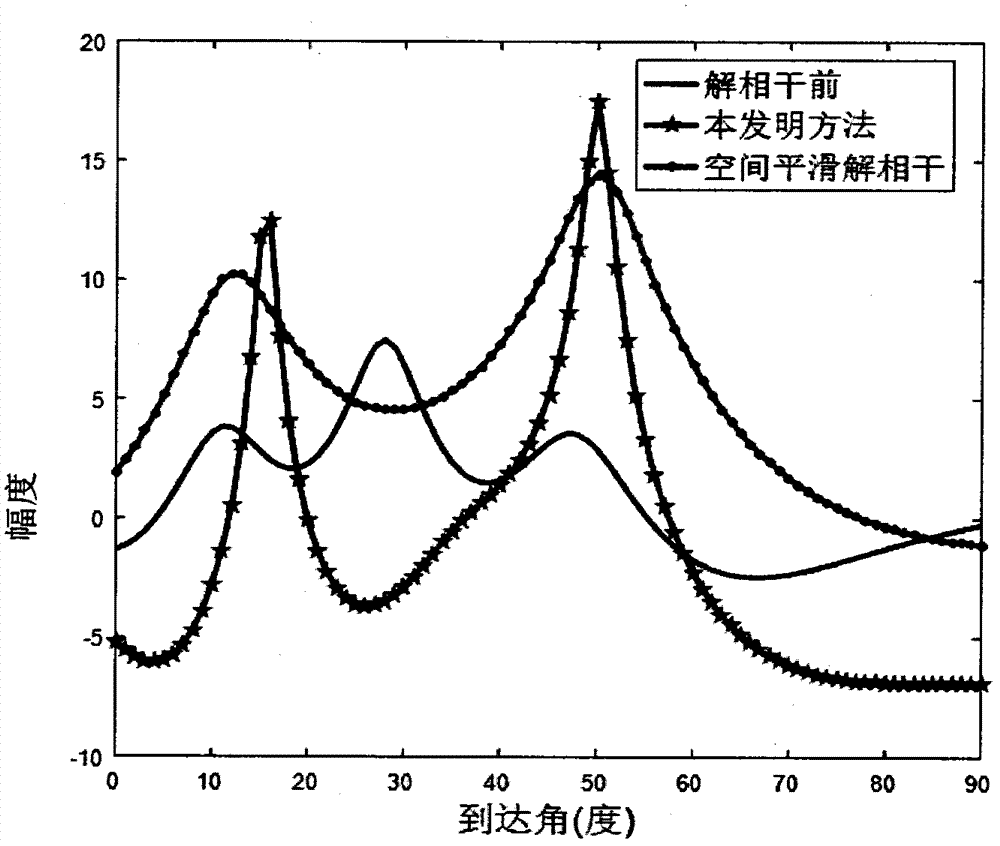Acoustic vector sensor array space rotation solution coherence arrival angle estimation method
An acoustic vector sensor and space rotation technology, applied in the field of signal processing, can solve the problems of increasing the array beam width, reducing the array aperture, reducing the parameter estimation accuracy, etc., to achieve high spatial resolution, expanding the scope of application, high direction finding The effect of precision
- Summary
- Abstract
- Description
- Claims
- Application Information
AI Technical Summary
Problems solved by technology
Method used
Image
Examples
Embodiment Construction
[0024] In order to make the above and other objects, features and advantages of the present invention more apparent, the following specifically cites the embodiments of the present invention, together with the accompanying drawings, for a detailed description as follows.
[0025] figure 1 Shown is a schematic diagram of an acoustic vector sensor array according to an embodiment of the present invention. The acoustic vector sensor array of the present invention is composed of M array elements arbitrarily distributed on the x-axis, and the array elements are acoustic vector sensors with spatial co-point synchronous measurement of sound pressure and vibration velocity components in the directions of x-axis, y-axis and z-axis ; The distance between any two adjacent array elements is less than or equal to λ min / 2, λ min is the minimum wavelength of the incident acoustic wave signal;
[0026] refer to figure 2 , the steps of the decoherent angle-of-arrival estimation method of...
PUM
 Login to View More
Login to View More Abstract
Description
Claims
Application Information
 Login to View More
Login to View More - R&D
- Intellectual Property
- Life Sciences
- Materials
- Tech Scout
- Unparalleled Data Quality
- Higher Quality Content
- 60% Fewer Hallucinations
Browse by: Latest US Patents, China's latest patents, Technical Efficacy Thesaurus, Application Domain, Technology Topic, Popular Technical Reports.
© 2025 PatSnap. All rights reserved.Legal|Privacy policy|Modern Slavery Act Transparency Statement|Sitemap|About US| Contact US: help@patsnap.com



